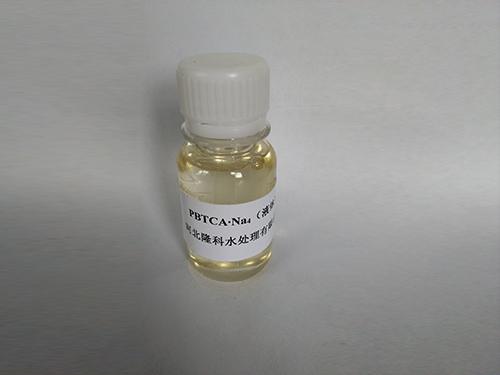Innovative Approaches to PAM Water Treatment and Its Environmental Benefits
PAM Water Treatment A Comprehensive Overview
Polyacrylamide (PAM) is a polymer that has gained significant attention in various industries, especially in water treatment. With its unique properties, PAM is a versatile agent used in the clarification and purification of water, making it an essential component in modern water treatment processes. This article explores the role of PAM in water treatment, its benefits, and its applications.
What is PAM?
Polyacrylamide is a synthetic polymer formed from acrylamide monomers. It is available in different forms, including anionic, cationic, and non-ionic forms, each tailored for specific applications. PAM is primarily used as a flocculant, which means it helps in aggregating suspended particles in water, facilitating their removal.
How PAM Works in Water Treatment
In water treatment, PAM acts by neutralizing the charges on suspended particles, allowing them to clump together, or flocculate. This is crucial in processes such as sedimentation, where flocs formed from suspended solids can settle at the bottom of a treatment tank, leaving cleaner water above. The efficiency of PAM in water treatment is influenced by several factors, including its molecular weight, charge density, and the specific application environment.
Benefits of Using PAM
1. Effective Flocculation PAM is known for its high efficacy in promoting flocculation, which significantly enhances the removal of suspended solids from water. This results in clearer effluent and reduced turbidity levels.
2. Improved Settling Rates The addition of PAM can accelerate the settling process of flocs, leading to shorter retention times in treatment systems. This efficiency is particularly beneficial in large-scale operations where time is a critical factor.
3. Versatility Different forms of PAM can be selected according to specific water treatment needs. Cationic PAM works well with negatively charged particles, while anionic PAM is effective for positively charged materials. This versatility enables water treatment facilities to optimize their processes for varying water qualities.
pam water treatment

4. Cost-Effectiveness Although PAM is a synthetic product, its use in water treatment can lead to significant operational savings. Enhanced flocculation reduces the need for additional chemicals and minimizes the volume of sludge produced, lowering disposal costs.
5. Environmental Safety When used correctly, PAM is considered safe for the environment and human health. It is non-toxic in diluted forms, and the polymer is biodegradable, posing minimal risk to aquatic ecosystems.
Applications of PAM in Water Treatment
PAM finds extensive applications in different sectors, including
- Municipal Water Treatment Many cities employ PAM in their water treatment plants to clarify drinking water and remove contaminants efficiently. - Industrial Wastewater Treatment PAM is used to treat wastewater from industries such as mining, pulp and paper, and textiles, where it helps in removing heavy metals and other pollutants.
- Agricultural Runoff Management In agricultural settings, PAM can be applied to reduce soil erosion and improve water retention in fields, thus mitigating runoff and associated water quality issues.
- Oil and Gas Industry PAM is utilized in hydraulic fracturing processes to manage water and reduce the environmental impact of oil and gas extraction.
Conclusion
Polyacrylamide is a key player in the field of water treatment. Its ability to enhance flocculation, improve sedimentation, and provide a versatile solution for various water quality challenges makes it indispensable. As global water scarcity issues continue to rise, the need for effective and efficient water treatment solutions like PAM will only increase, making it a vital component in sustainable water management practices. Through its application, PAM not only helps in delivering clean water but also supports broader environmental and public health goals.
-
Water Treatment with Flocculant Water TreatmentNewsJun.12,2025
-
Polymaleic AnhydrideNewsJun.12,2025
-
Polyaspartic AcidNewsJun.12,2025
-
Enhance Industrial Processes with IsothiazolinonesNewsJun.12,2025
-
Enhance Industrial Processes with PBTCA SolutionsNewsJun.12,2025
-
Dodecyldimethylbenzylammonium Chloride SolutionsNewsJun.12,2025





